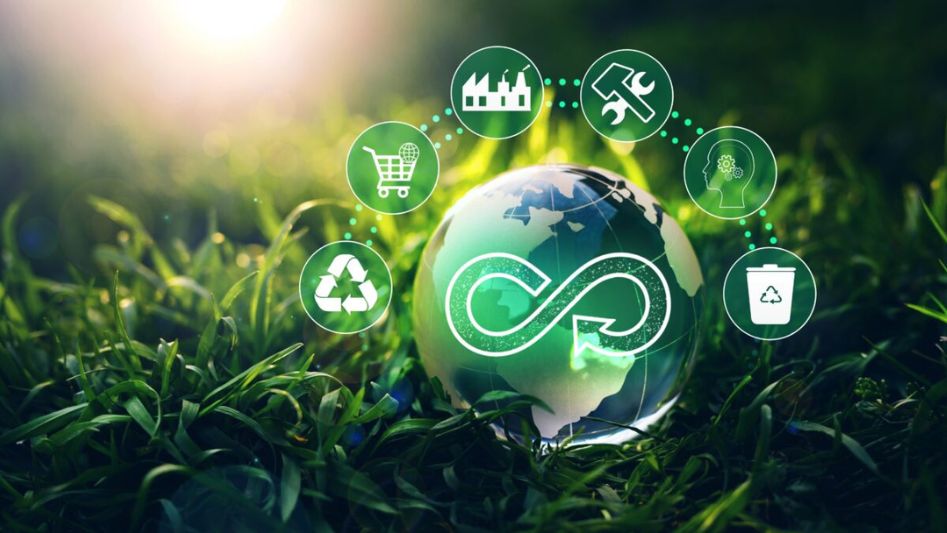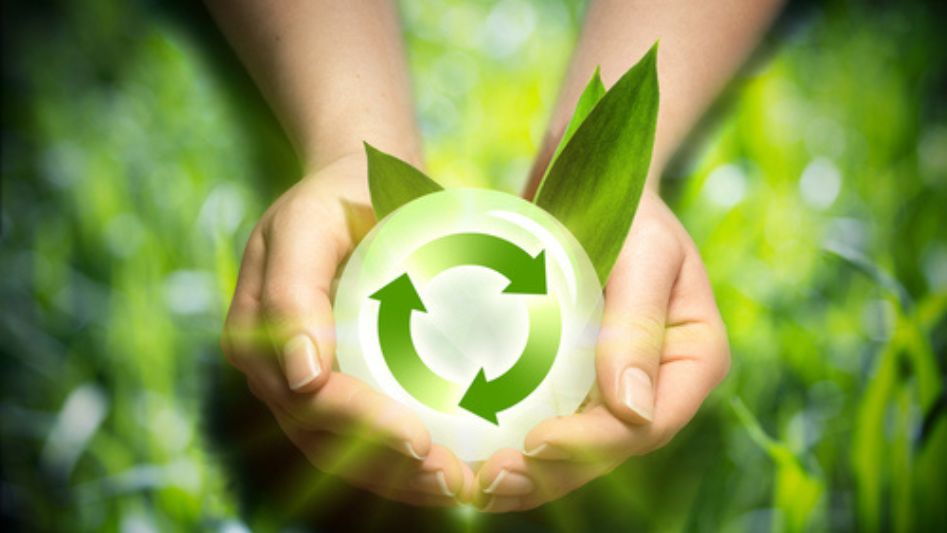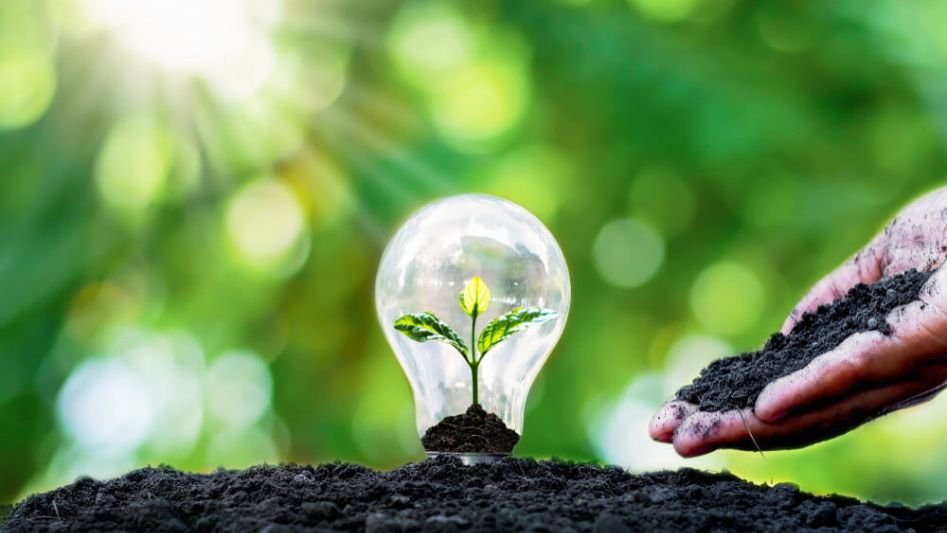The circular economy is a transformative model that seeks to restructure the way we produce, consume, and dispose of goods in order to reduce waste, conserve resources, and mitigate environmental impacts. By embracing this paradigm shift, we can move away from the linear “take, make, dispose” model towards a more sustainable and regenerative system. In this article, we will explore the role of green energy in promoting a circular economy, as well as the benefits and challenges of this transition.
Table of Contents

The Circular Economy Concept
The circular economy revolves around three core principles: design out waste and pollution, keep products and materials in use, and regenerate natural systems. This approach seeks to minimize the depletion of finite resources by creating closed loops and ensuring that products are designed for disassembly, reuse, and recycling. This sustainable economic model drives innovation and promotes long-term environmental protection.
Green Energy: A Catalyst for Change
Green energy, also known as renewable energy, is generated from natural sources like sunlight, wind, and water. As a key component of the circular economy, green energy can help reduce our reliance on fossil fuels and decrease the environmental impacts of energy production. By investing in renewable energy infrastructure, we can facilitate the shift towards a more sustainable future.
Synergies between Green Energy and the Circular Economy
There are several ways in which green energy supports the circular economy:
a) Decarbonization: The increased use of renewable energy sources reduces greenhouse gas emissions, enabling a cleaner and more sustainable energy system.
b) Resource efficiency: Green energy technologies are inherently more resource-efficient, as they rely on abundant natural resources instead of finite fossil fuels.
c) Energy storage and flexibility: Energy storage solutions, such as batteries, can be integrated with renewable energy systems to optimize energy use and promote a more resilient grid.
d) Circular business models: Green energy enables the development of innovative business models that capitalize on resource efficiency and waste reduction, fostering a more circular economy.

Challenges and Solutions
Despite the potential benefits of a circular economy powered by green energy, there are several challenges to overcome:
a) Technological barriers: Advancements in renewable energy and energy storage technologies are crucial to overcoming intermittency and ensuring the reliability of green energy systems.
b) Economic obstacles: The transition towards a circular economy requires significant investments in infrastructure, innovation, and skills development. Policies and incentives can help overcome financial barriers and foster a more sustainable economy.
c) Behavioral change: Consumer behavior and social norms must evolve to embrace circularity and sustainability. Education and awareness campaigns can encourage sustainable consumption and waste reduction.
d) Policy and regulation: Governments must establish supportive policy frameworks and regulations that promote renewable energy adoption, incentivize circular practices, and discourage wasteful behaviors.

Conclusion
The circular economy and green energy are closely intertwined, with renewable energy playing a critical role in enabling a sustainable and regenerative economic model. By overcoming the challenges and leveraging the synergies between these two concepts, we can build a more resilient, resource-efficient, and environmentally friendly future.
FAQ
What is the role of green energy in the circular economy?
Green energy, or renewable energy, helps reduce dependence on fossil fuels, decreases environmental impacts, and supports innovative circular business models, enabling a more sustainable future.
How does green energy support the circular economy?
Green energy supports the circular economy by promoting decarbonization, resource efficiency, energy storage and flexibility, and fostering circular business models.
What are the challenges in transitioning to a circular economy powered by green energy?
Challenges include technological barriers, economic obstacles, the need for behavioral change, and the development of supportive policy frameworks and regulations.
How can we overcome the challenges in transitioning to a circular economy powered by green energy?
Overcoming challenges requires advancements in technology, investments in infrastructure and innovation, education and awareness campaigns, and supportive policies and regulations.
You May Also Like
- HOW GREEN ENERGY IS REVOLUTIONIZING THE POWER GRID
- THE PROS AND CONS OF NUCLEAR ENERGY IN A GREEN ENERGY MIX
- GREEN ENERGY AND ENERGY EFFICIENCY: WORKING TOGETHER FOR A GREENER FUTURE
- SUSTAINABLE AGRICULTURE: HARNESSING GREEN ENERGY FOR FOOD PRODUCTION
- HOW GREEN ENERGY CAN HELP COMBAT ENERGY POVERTY
